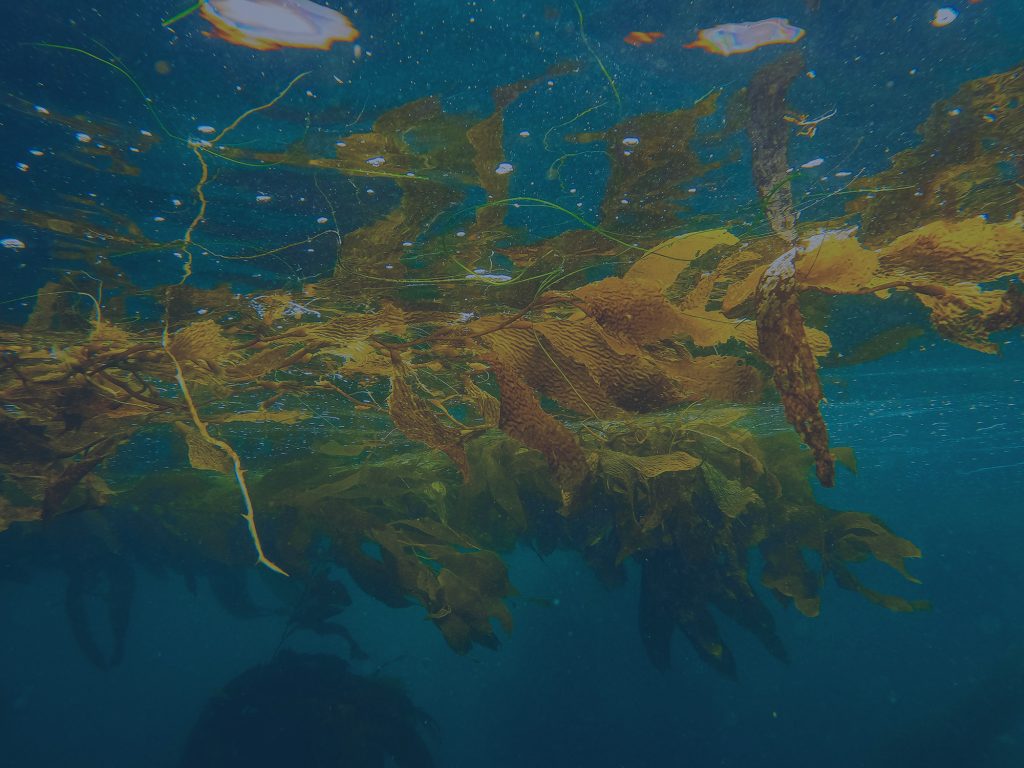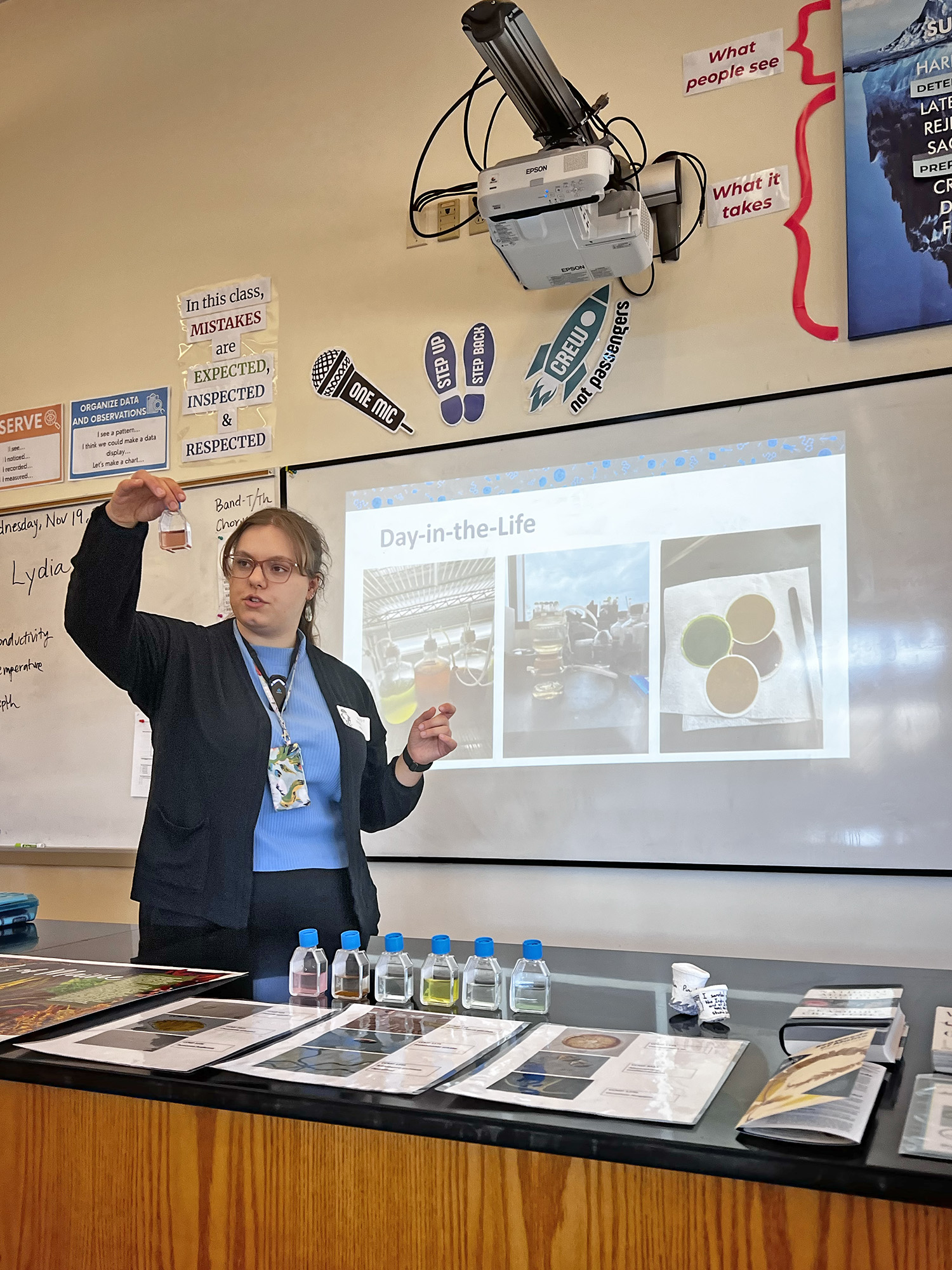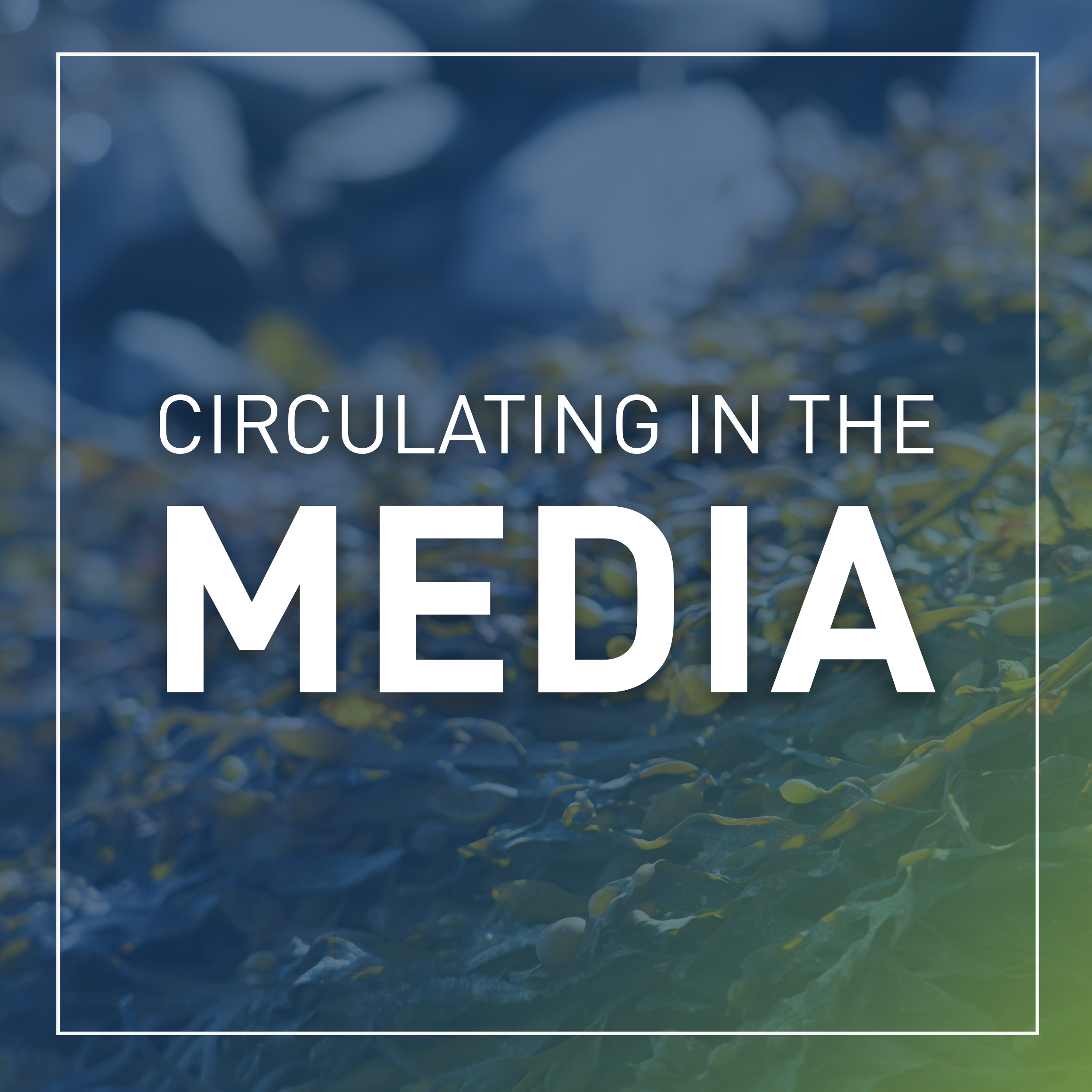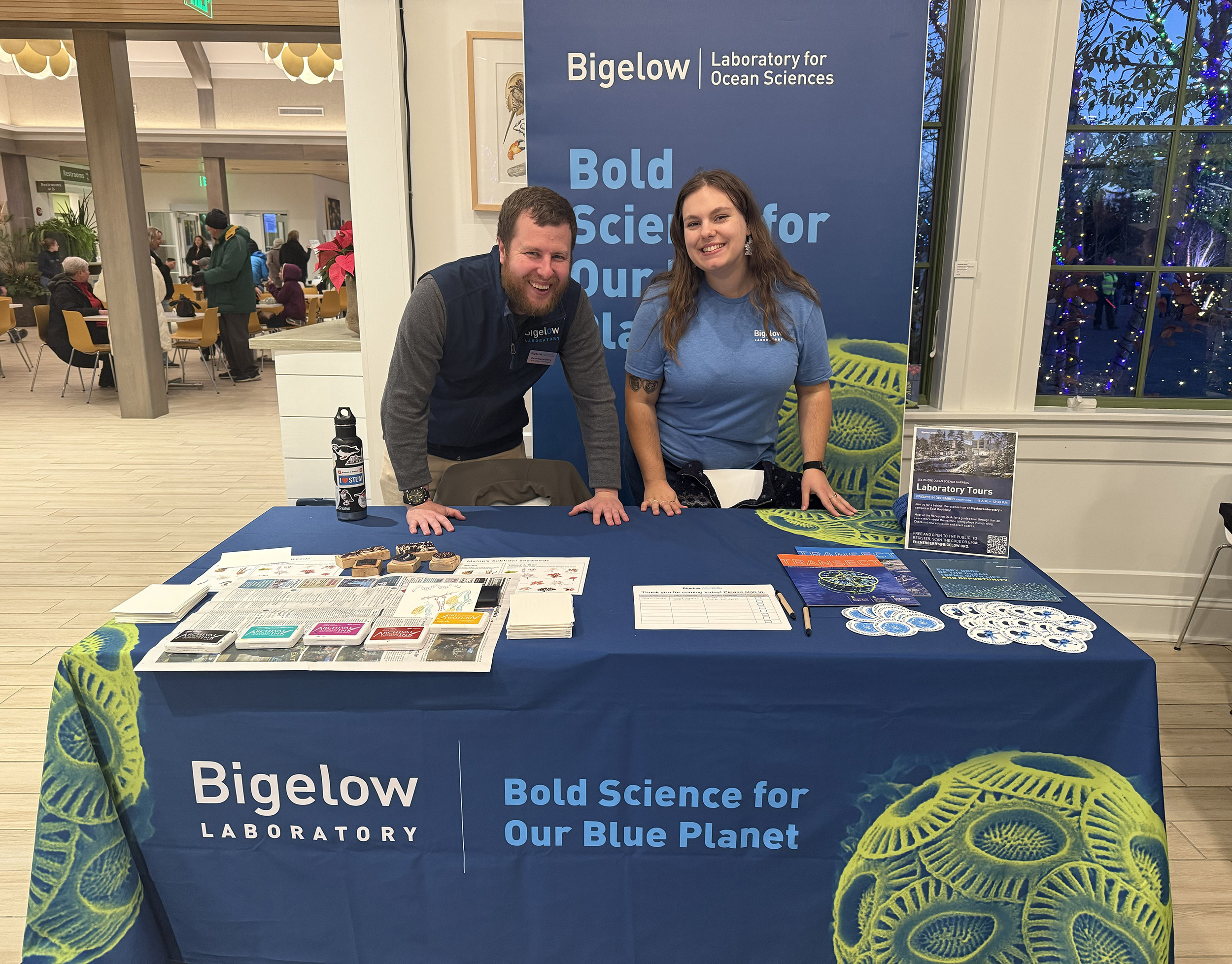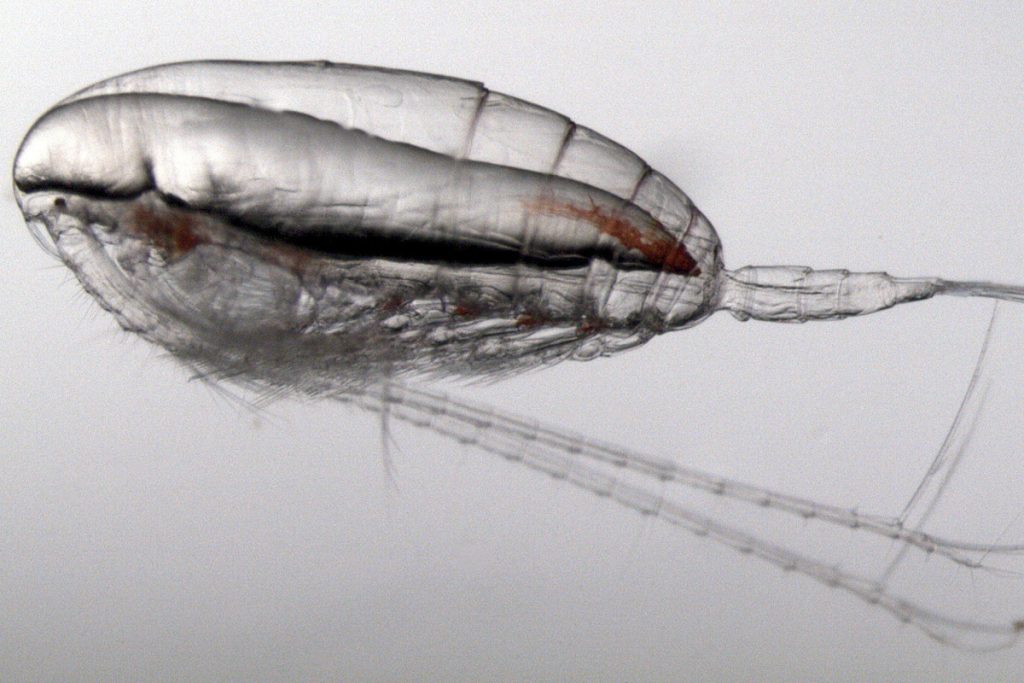
Given that they are among the largest animals on the planet, it may seem puzzling that one of the North Atlantic right whale’s key prey species is the tiny Calanus finmarchicus.
But: they really enjoy chowing down on these surprisingly filling copepods, which can be up to 60% body fat (seen above in this #MicroMonday snap). That makes tracking Calanus critical for understanding and predicting whale distribution.
Traditional models have relied on indirect proxies, like chlorophyll levels from satellites, to approximate Calanus abundance, but these often fail to capture the true complexity of whale foraging behavior. By using direct data on Calanus distribution and energy content — along with additional zooplankton prey species — researchers can build far more accurate models that reflect the whales’ actual feeding needs and seasonal dietary shifts.
This new modeling approach shows that Calanus is not just abundant, but a keystone prey species whose availability directly shapes whale movements and habitat use.
📸: Cameron Thompson, Northeastern Regional Association of Coastal Ocean Observing Systems.
